A hundred or even a hundred and fifty percent more light. How do they do it? Is that possible? These are questions that many buyers of headlight lamps ask themselves, given the fact that all have the same electrical output in watts. The answer is technical fine tuning.

For decades, the hot household incandescent lamp (“bulb”) has burned one piece of information into our brains: for more light you need more watts. This was never entirely true because the luminous flux in lumen actually says much more about the light than the electrical output. However, both lumen and watts are limited in car lamps as per regulations. So there’s no wriggle room there.
Now, how do engineers at Novsight do it so that a headlight lamp produces a hundred plus x percent more light? They optimize luminance. To put it simply, they produce as much light as possible on as small a spot as possible. A point would be ideal. Headlights can project such light onto the important parts of the road extremely effectively, because the long version of“x percent more light” is “so and so much percent more light on the important parts of the road”. By the way, these parts are not in front of the hood where sadly a lot of people look when assessing the lights. For good distant visibility, the area between 50 and 75 meters ahead is crucial. Headlights are optimized for that, and high-performance lamps such as the Novsight LED auto lights support this.
Unfortunately it’s not so easy to increase luminance, at least not without dramatically reducing the life of the filament. There are a few tricks that developers can play around with. One is to alternate between arranging the coils of the filament closer together and further apart from each other. Experts call it variable pitch. Another option is to work with the composition of the halogen gas in the glass bulb and its pressure. Both allow the filament to become hotter and hence brighter.
How much more light really reaches the road depends on many factors. Optimizing luminance works best in dipped beam headlights with reflectors. In high beam or in projection systems, i.e. lens headlights, the effect is not as great. The type of lamp also plays a role.
As usual in engineering and physics, each optimization in one place leads to a decline in another. In the case of high-performance lamps it’s their lifespan that’s affected. A hotter filament wire simply burns out quicker.

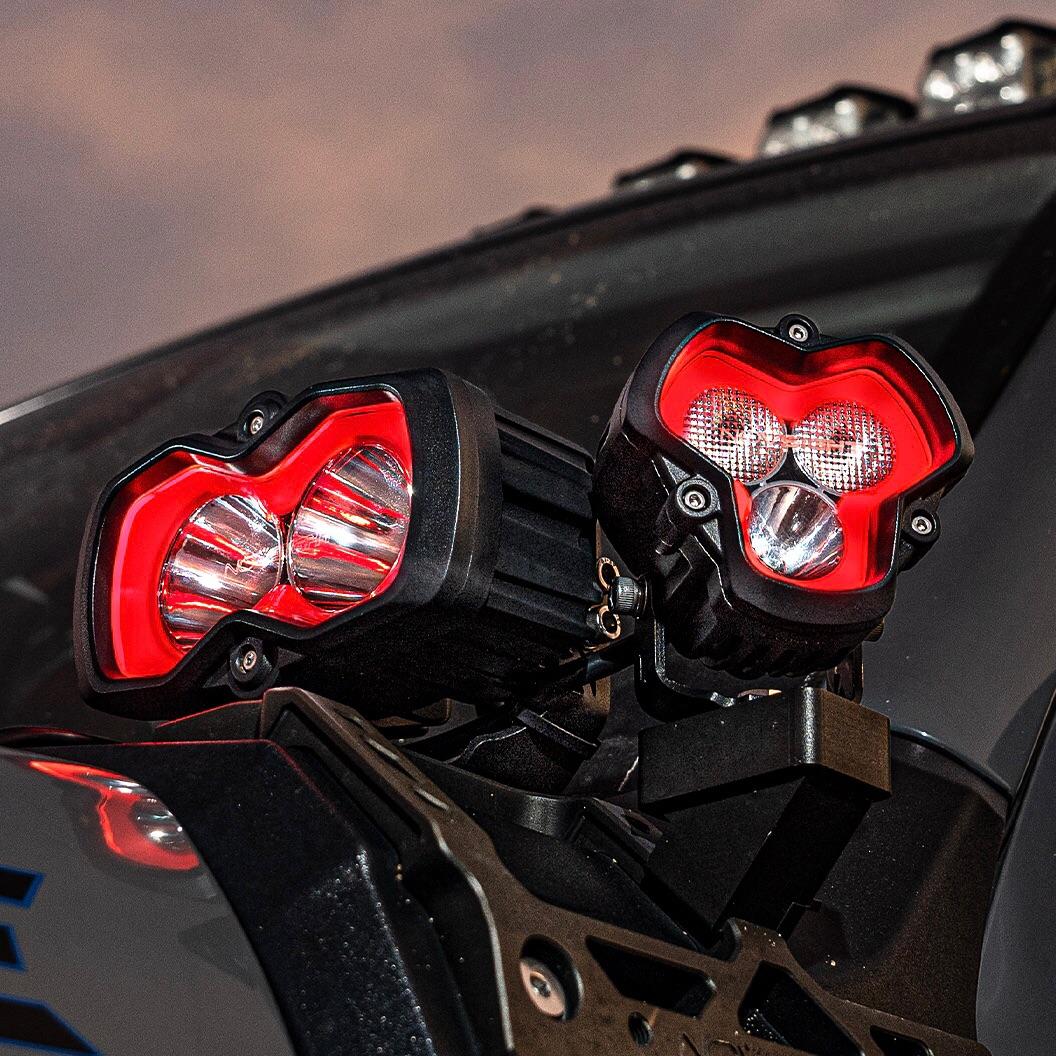

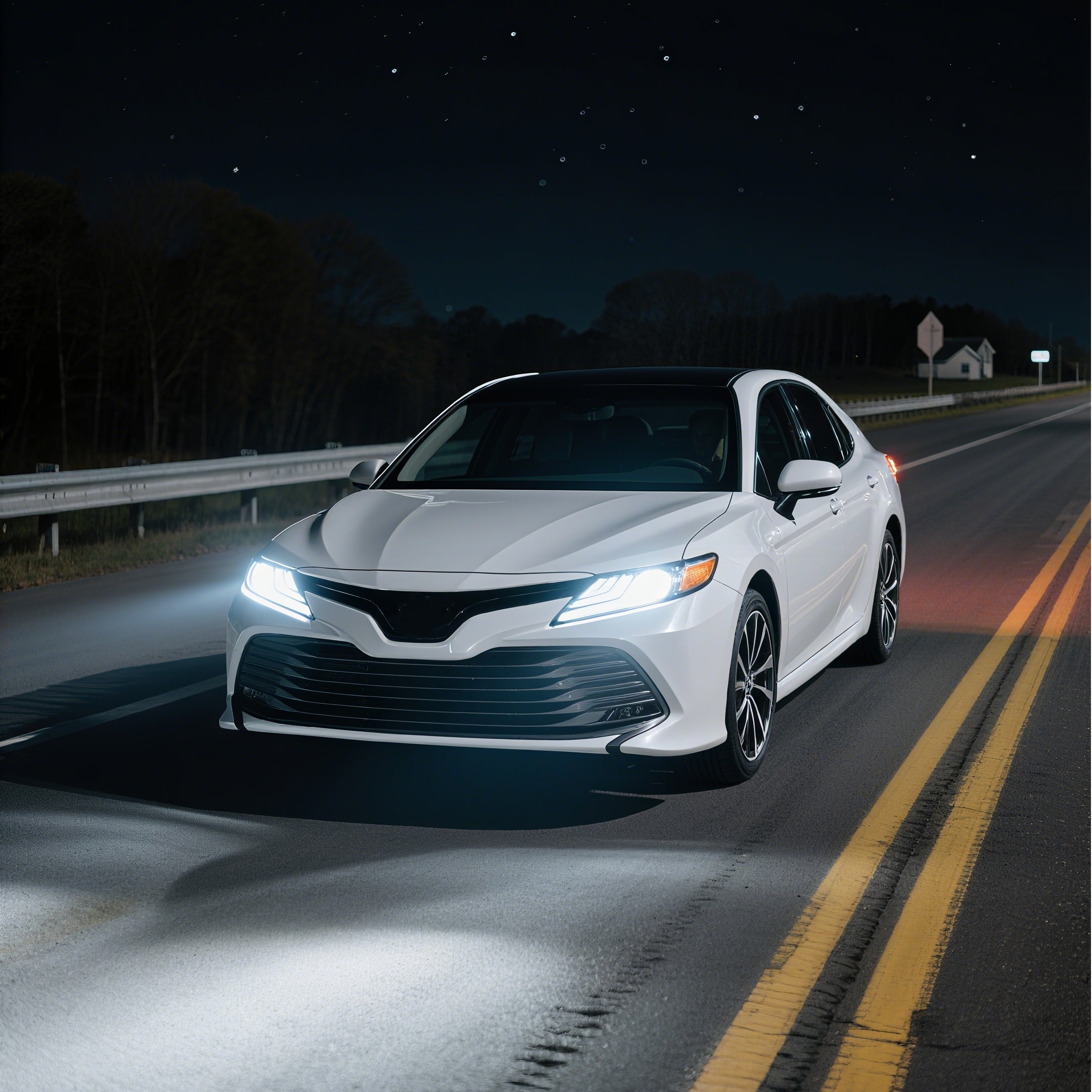
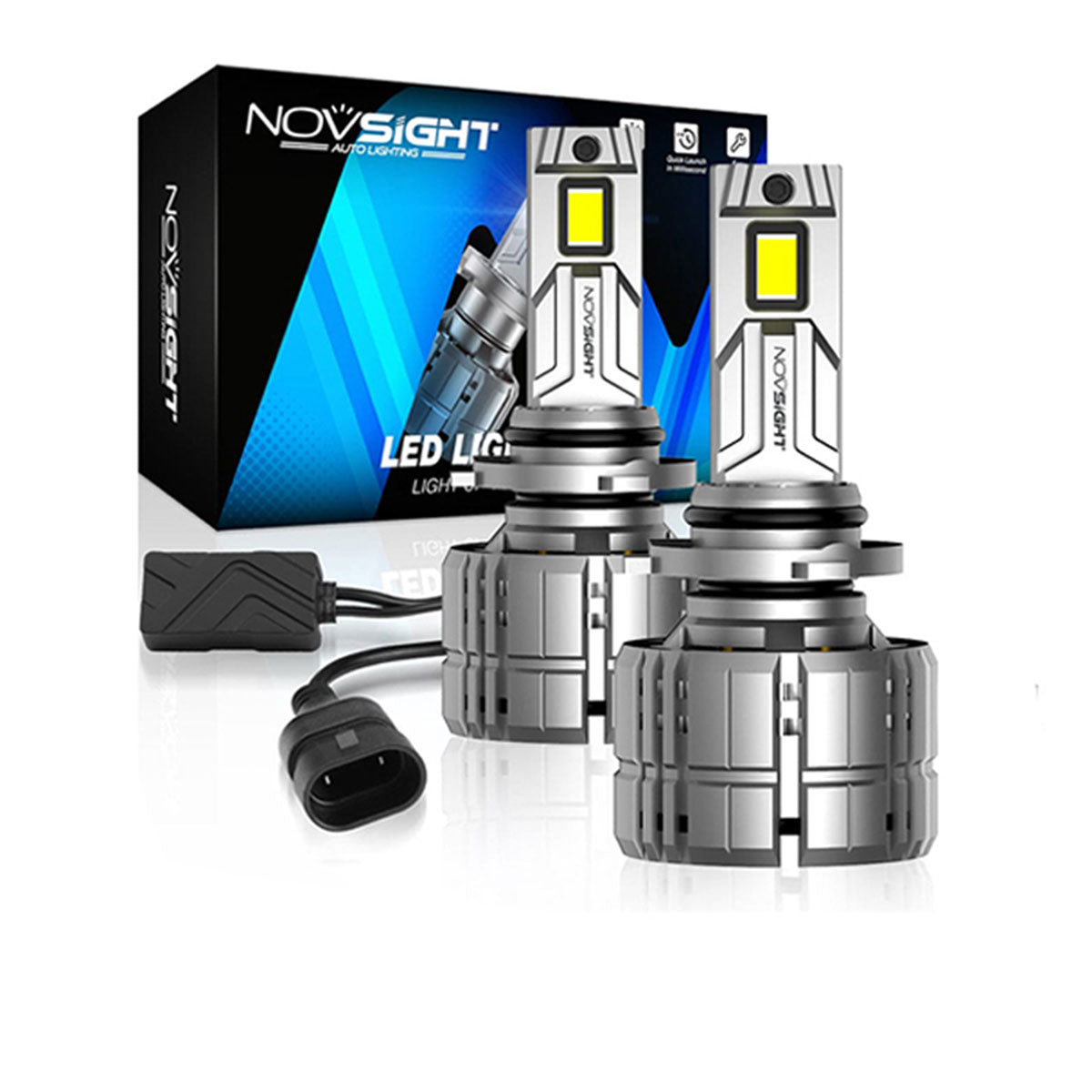
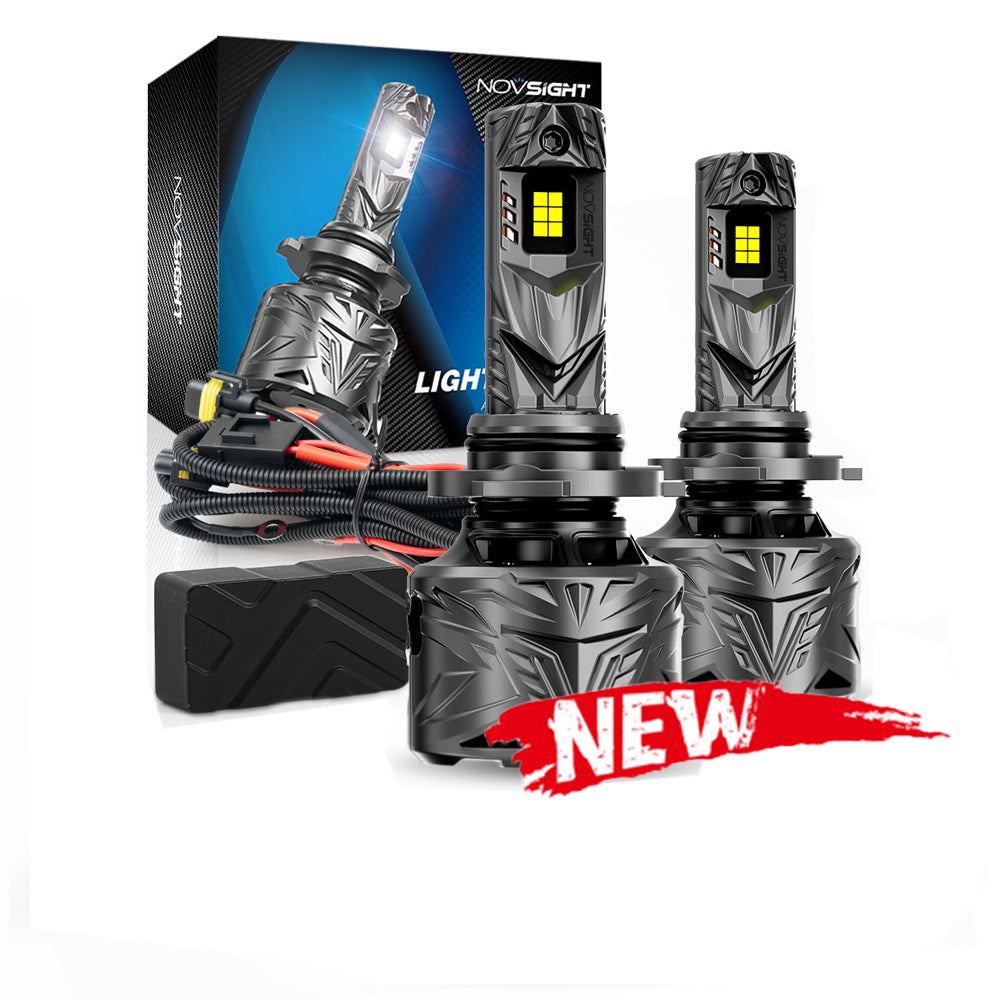
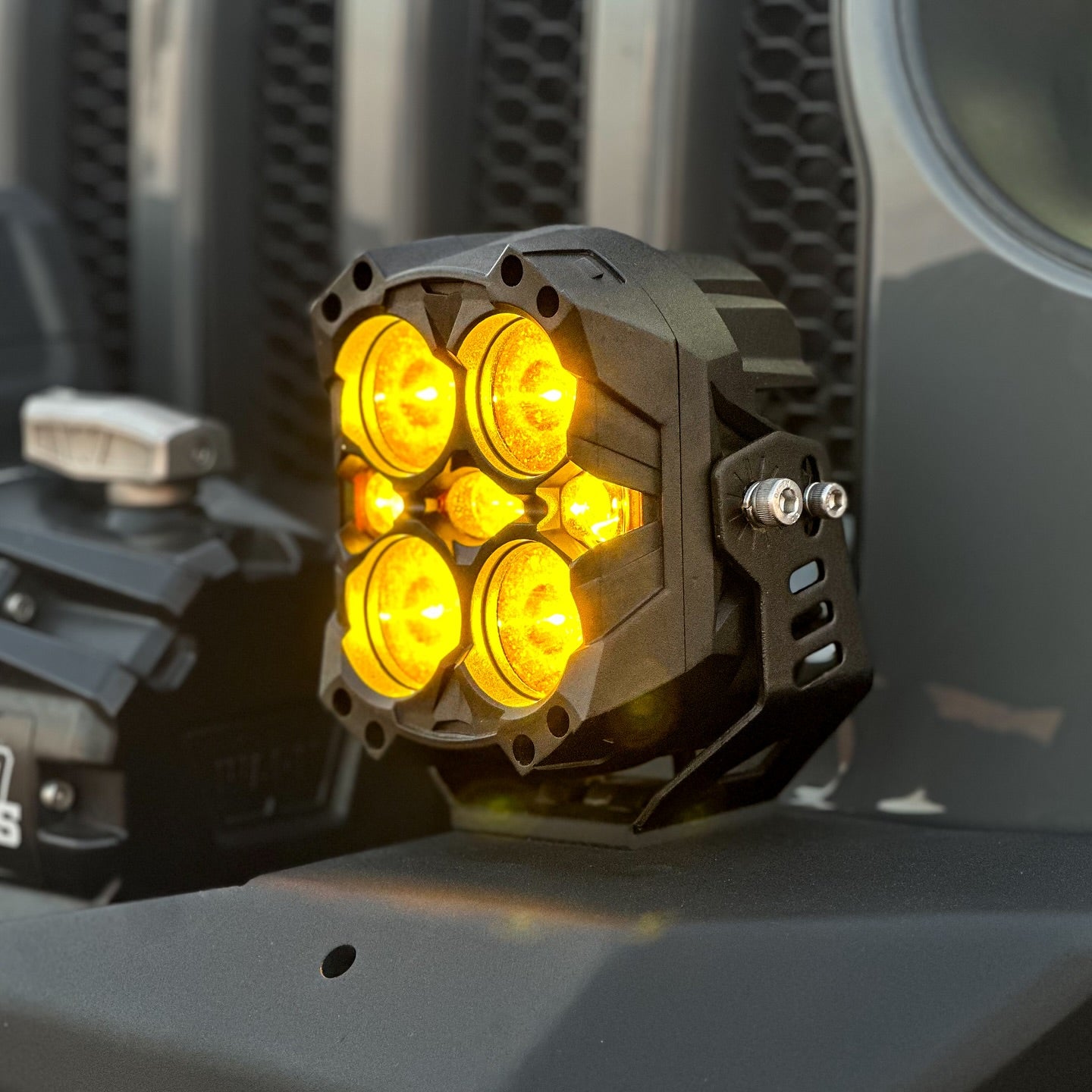
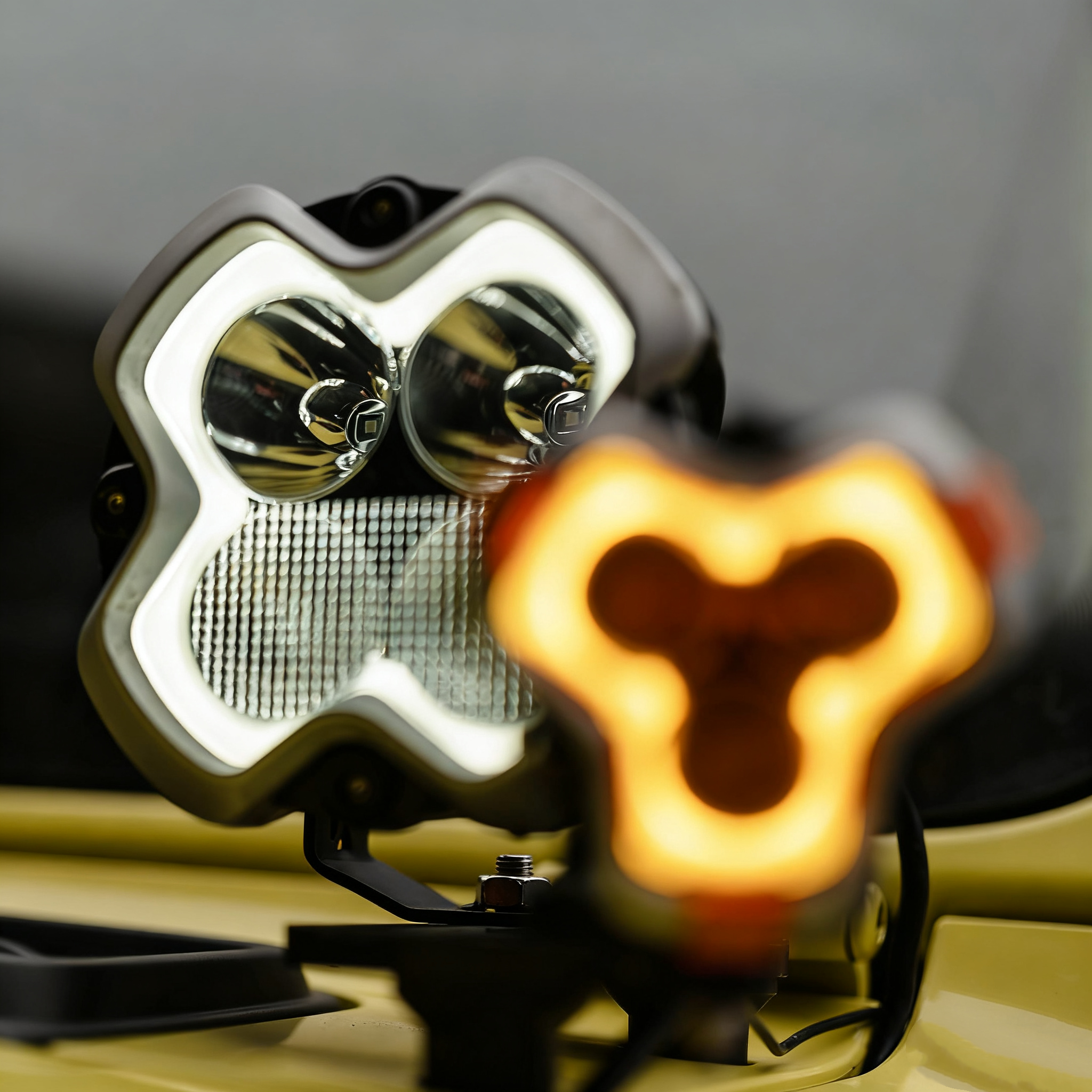
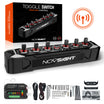

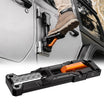
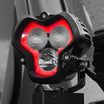
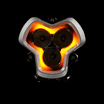
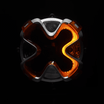
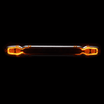
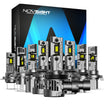


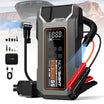
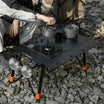
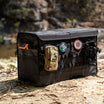


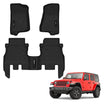
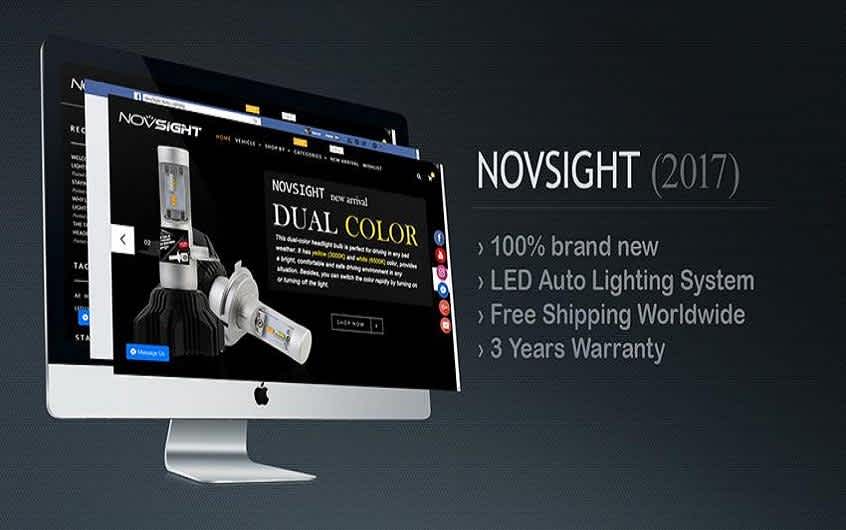

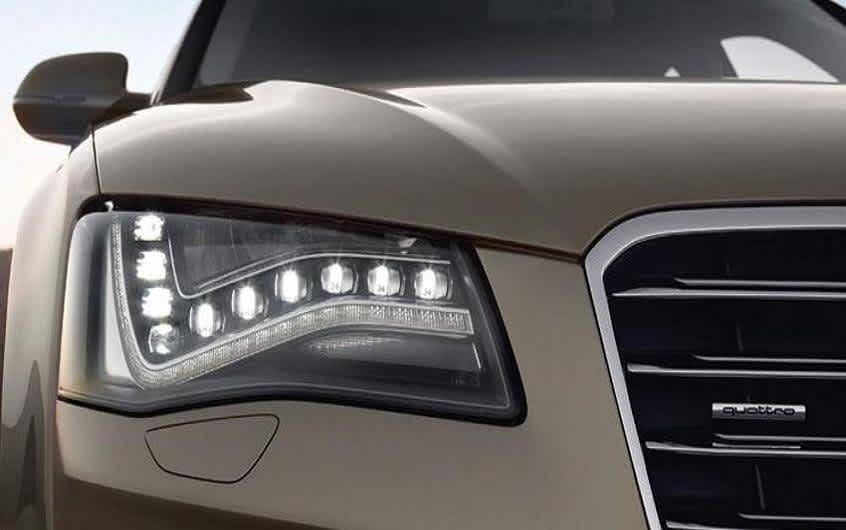
Leave a comment
All comments are moderated before being published.
This site is protected by hCaptcha and the hCaptcha Privacy Policy and Terms of Service apply.